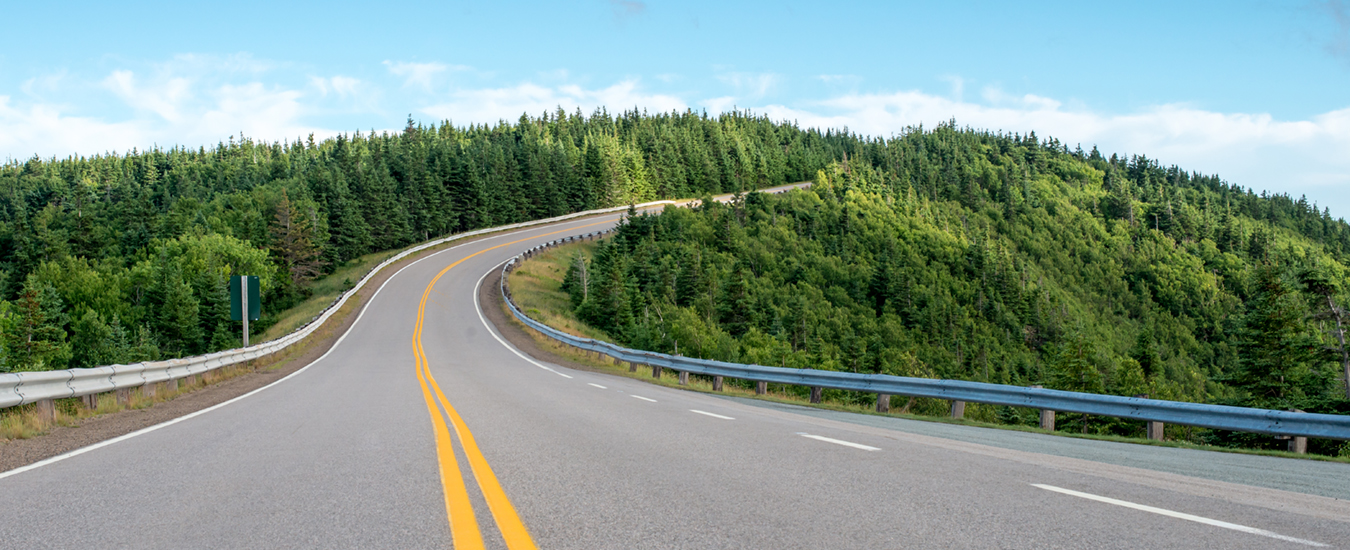With field guides on various subjects—and a spooky guide, too—there’s no reason to stare at screens all summer
by Jodi DeLong
In recent years we’ve been hearing a lot of talk about nature deficit disorder (NDD); it’s an idea that posits human beings, especially kids, aren’t spending enough time outdoors and too much time in front of screens. This is thought to be resulting in people of all ages being detached from nature and even exhibiting behavioural issues. While not a clinical diagnosis, it does raise concerns that we aren’t appreciating our natural environments and the creatures that populate them nearly enough.
Whether or not you agree with the concept of NDD, there aren’t too many things nicer than being out in nature—on a beach, traipsing through a wilderness trail or a more groomed park, or just exploring the natural world around you. Do you know what kind of rocks are on that beach? What sort of birds are coming to your feeders? What those flowering wild shrubs are, and if their fruit is edible?
Happily, local publishers are adept at creating fantastic field guides to everything from birds to edible and medicinal plants to rocks to seaside treasures—and even a whimsical guide to ghosts. Here are a few recent volumes to help you get out and explore the natural world around us.
In recent years, Boulder Books out of Newfoundland and Labrador have become the leaders in local field guides, in birds, whales, geology and flora, and when it comes to plants—both wild and garden species—the leader for Atlantic Canada is Newfoundland horticulturist Todd Boland, who works at Memorial University’s Botanical Garden and is a prolific author on plants. Todd has produced no fewer than six field guides to Atlantic Canadian provincial flora-trees and shrubs, wildflowers, ferns—and these are terrific books for the budding amateur botanist as well as for the seasoned plant geek.
Marvelously illustrated with his own photographs as well as some by other noted photographers, the books are very user friendly—organized by flower colour and shape, or woody plant shape/size so you can turn to the section that identifies your plant flower colour or shape, and narrow things down from there. While I have all his books, you can likely get by nicely with two in particular: one of his books on wildflowers from one of the provinces such as Wildflowers of New Brunswick —there are many of the same plants all throughout our region—and one on shrubs and trees, perhaps his Trees and Shrubs of the Maritimes.
If you’re looking for books on edible and medicinal plants, Boulder has those covered too, through the works of Peter J. Scott, with Edible Plants of Atlantic Canada, and one dedicated to Newfoundland and Labrador.
There are numerous field guides to birds of our region, including Formac’s Field Guide to Nova Scotia Birds by Jeffrey C. Domm and the iconic Birds of Nova Scotia by the late Robie W. Tufts—if you’re lucky enough to have that one, it’s a treasure. There is also a newly revised Birds of Eastern Canada (second edition) by David M. Bird, emeritus professor of wildlife biology at McGill University, which is well worth acquiring.
While all of these field guides are useful for people of all ages, a recently published book from Nimbus is designed just for curious kids. Seaside Treasures calls itself a guidebook for little beachcombers, and while it doesn’t go into great detail about types of seaweed or crustaceans or other treasures, it is gorgeously illustrated with watercolour pictures that will delight all ages. There are questions for young readers to get them thinking about the seashore—including about the trash found on it—and should become a part of any road trip to the beach.
Atlantic Canada is apparently overrun with ghosts, if you adhere to such beliefs. Nova Scotia in particular seems to have more than its fair share of these, and no one is better poised to share about them than Halifax storyteller Steve Vernon. His recently published Where the Ghosts Are (Nimbus) is a guide to 50 of the spookiest places in Nova Scotia. Divided by geographic part of the province, the book tells the story of the purported ghosts of, say, Churchill Mansion in Port Maitland, or the Golden Arm of the Bras d’Or lake, and many other spooky sitings.
Vernon thoughtfully adds GPS co-ordinates for each site so you can visit and observe for yourself—a nice twist on going off for a ramble around the province.
Probably my favourite story is called “I Seen What I Says That I Seen,” which is about the mysterious UFO sighting near Shag Harbour, on the south shore of the province. One of a number of unexplained phenomena, it’s interesting to think about, whatever the explanation. With its invitation to go road-tripping, Vernon’s book gives our imaginations as well as our bodies a thorough workout—and that’s never a bad thing.
Header Credit: bigstock
